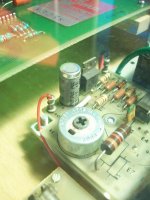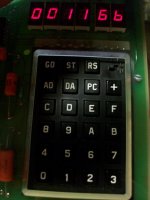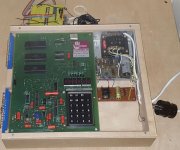ajcc
Experienced Member
Found this strange 6502 based contraption that someone have soldered together and built a beautiful case for. It's number 8 and the PCB have a sticker that says "DIGITUS of Sweden, AB", and then there's just a revision number on the back of the PCB: MOP11-11-81 (Hello MOP if you're reading this!) The thrift shop store workers said it had come in donated from a company, wasn't given an answer about there being more stuff or not.
Haven't plugged it in yet, want to be sure it won't blow up and release the magic smoke before I do.

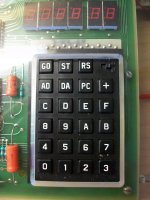
Routed cut-out for the keypad.
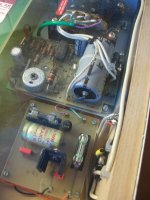
Linear Power supply. Top one has a large transistor mounted to a heat sink. Lower board is just a 7812.
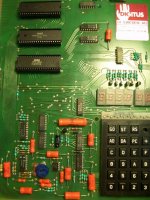
Overview of PCB.
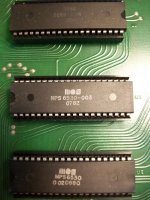
MOS MPS 6502
MOS MPS 6530-003 (same as in KIM-1?)
MOS MPS6530
Are the 6530's combined 1kB mask ROM and I/O?
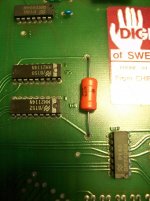
2x2114 4-bit SRAM, 1kB total.
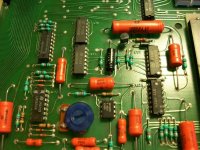
Analog section for the Tape Drive interface?
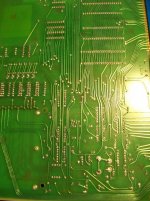
Back of PCB.
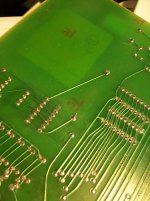
Seems to be nothing behind the DIGIUTS label.
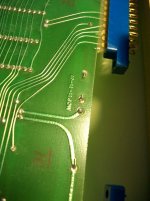
MOP11-11-81
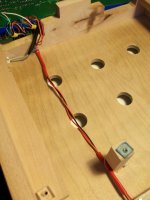
Inside of the wooden box, very neat! Notice the routed cut-outs for the two headers, with extra space under them.
And that's sadly all I know about it for the moment.
Haven't plugged it in yet, want to be sure it won't blow up and release the magic smoke before I do.


Routed cut-out for the keypad.

Linear Power supply. Top one has a large transistor mounted to a heat sink. Lower board is just a 7812.

Overview of PCB.

MOS MPS 6502
MOS MPS 6530-003 (same as in KIM-1?)
MOS MPS6530
Are the 6530's combined 1kB mask ROM and I/O?

2x2114 4-bit SRAM, 1kB total.

Analog section for the Tape Drive interface?

Back of PCB.

Seems to be nothing behind the DIGIUTS label.

MOP11-11-81

Inside of the wooden box, very neat! Notice the routed cut-outs for the two headers, with extra space under them.
And that's sadly all I know about it for the moment.

